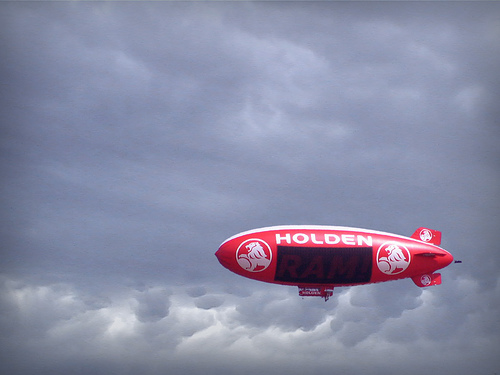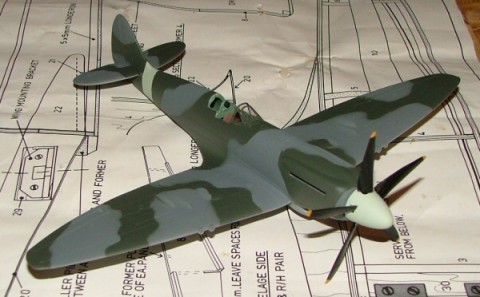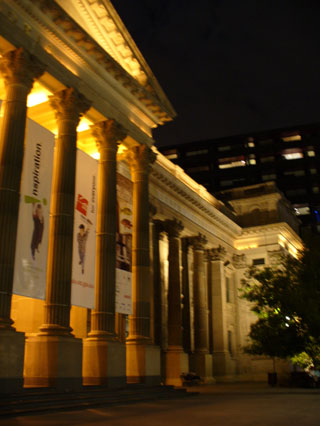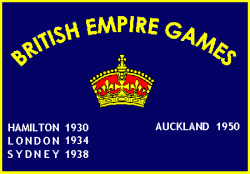Battle of Brisbane
I’ve previously mentioned the Holden airship. At the moment it is at Brisbane, and there are concerns that it will be flown over the Gabba during the first Ashes test next month.1 The problem is that Holden isn’t paying Cricket Australia anything for the privilege of flying a billboard over the cricket ground, where it […]






